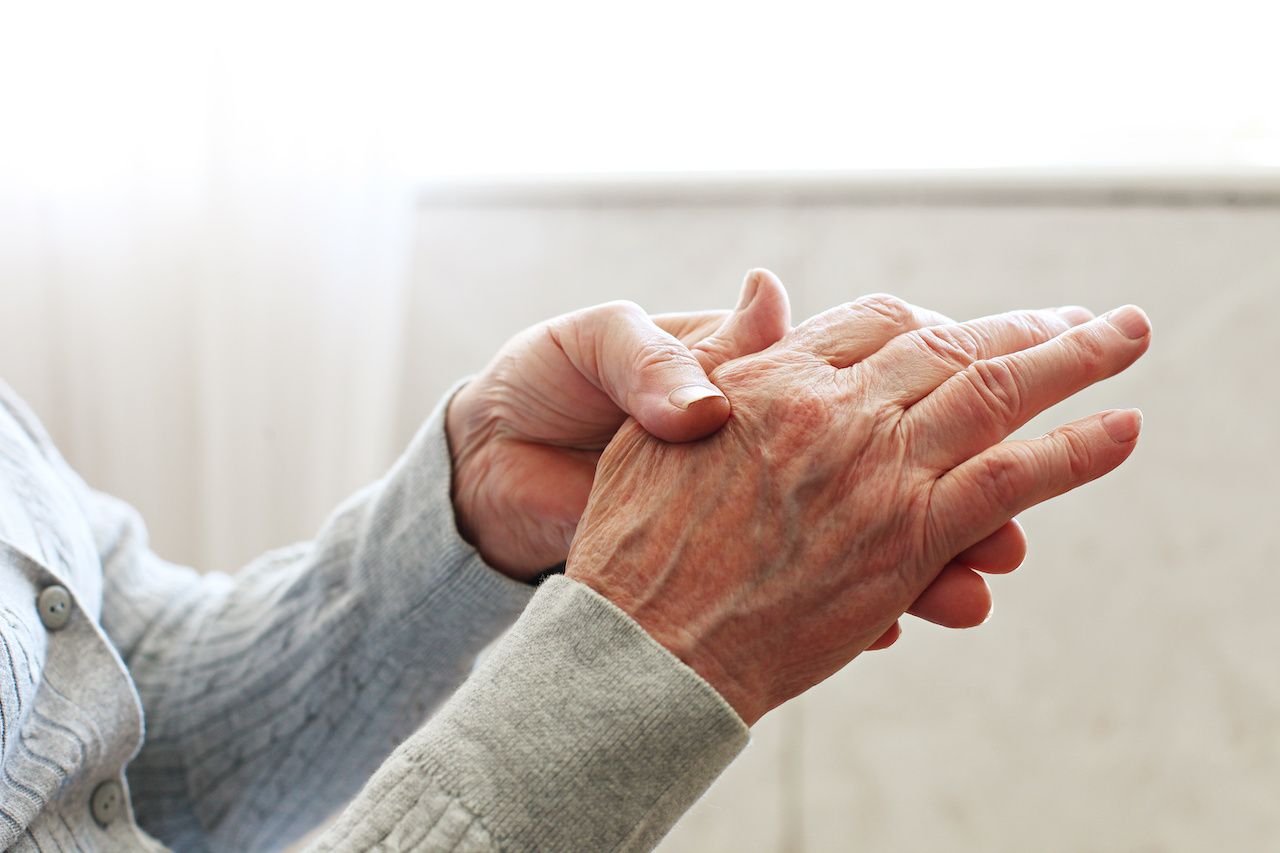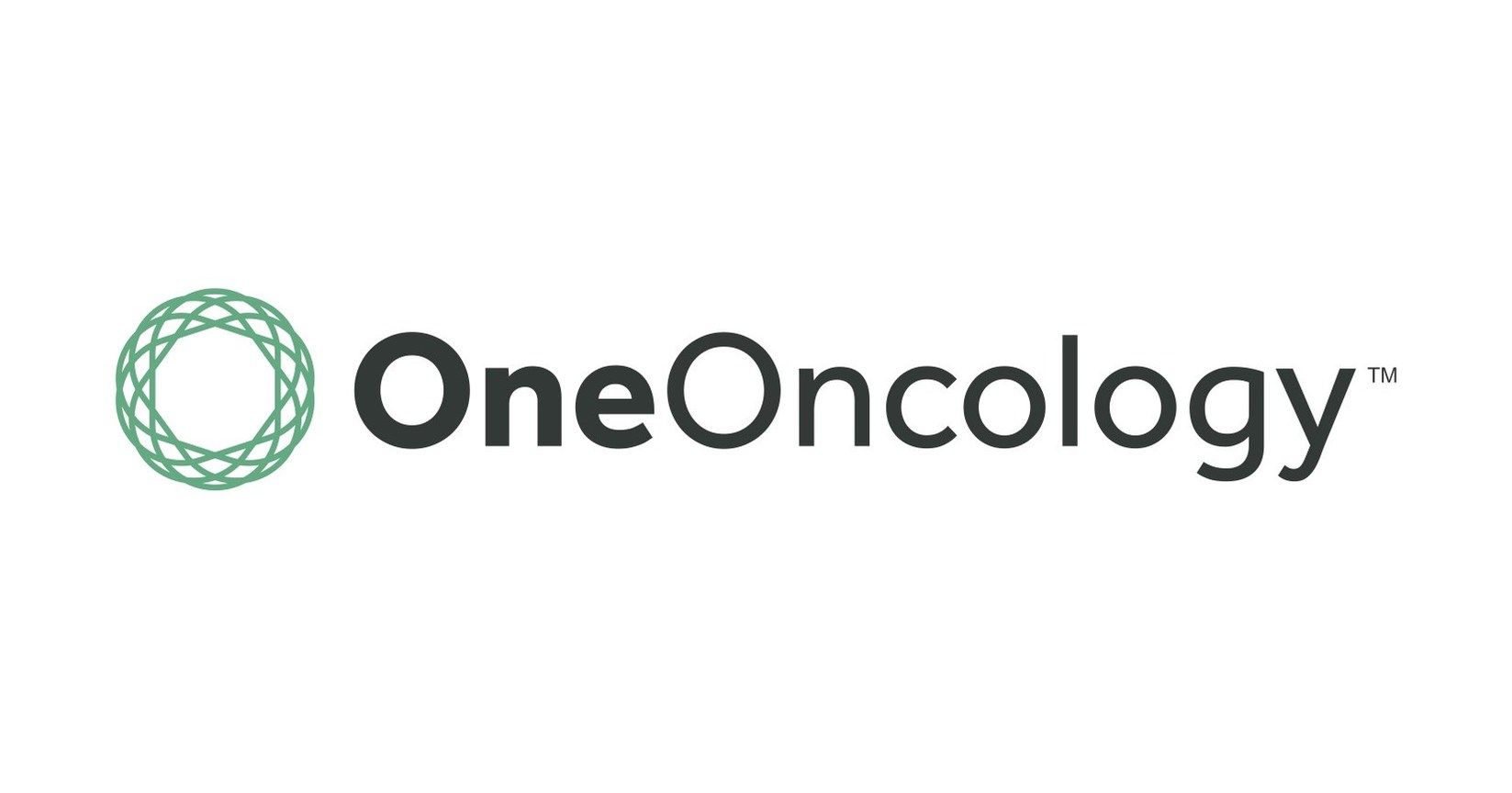Article
Privately Insured Consumers Spending More on Fewer Medical Services
Author(s):
Despite using fewer medical services, privately insured Americans spent more money on these services in 2013, according to a report from the Health Care Cost Institute. The average enrollee in an employer health plan increased spending by 3.9% last year.
Despite using fewer medical services, privately insured Americans spent more money on these services in 2013, according to a report from the Health Care Cost Institute (HCCI). The average enrollee in an employer health plan increased spending by 3.9% last year.
The report studied healthcare price and utilization trends for Americans younger than 65 years in an employer-sponsored health plan. The average enrollee spent $185 dollars more than in 2012 for an average of $4915 in 2013.
“Price growth for medical services and brand name drugs remained strong in 2013,” HCCI Executive Director David Newman said in a statement. “Health spending grew moderately, but that was only because consumers used fewer services.”
In 2013, 16.4% of healthcare costs were paid out of pocket by consumers, although young women (ages 19 to 25 years) experienced no increase in out-of-pocket spending at all.
“This is the first time we have seen flat out-of-pocket spending growth by any group of the privately insured,” HCCI Senior Researcher Amanda Frost said.
The report found that the decrease for young women was almost completely due to a decline in spending on generic and branded hormone and synthetic substitutes.
“Of the $19 decline in spending on generic hormones, 97.7% was due to a decline in spending on generic contraceptives,” the authors wrote in an issue brief. “Less than $0.50 of the $19 was attributable to a decline in spending on other types of generic hormones.”
Out-of-pocket expenditures grew faster for men (4.5%) than for women (3.7%); however, women continued to pay more out of pocket than men ($5403 vs $4305, respectively), according to the HCCI report. Women also use more healthcare than men from ages 19 to 54 years. After age 55, the gender gap in use of outpatient and professional services narrows as men increase their use of radiology, laboratory, and pathology services.
As a percentage of overall health spending, out-of-pocket costs, such as copays and deductibles, remained flat. For generic and brand prescriptions, the out-of-pocket growth spending rate actually declined 10.2%. The share of spending on brand prescriptions dropped to 9.5%, down from 13.1% in 2011.
Antidepressants account for 10% of all generic drug use, and were most used for young adult men, intermediate adult men, middle age women, and pre-Medicare adult women.




